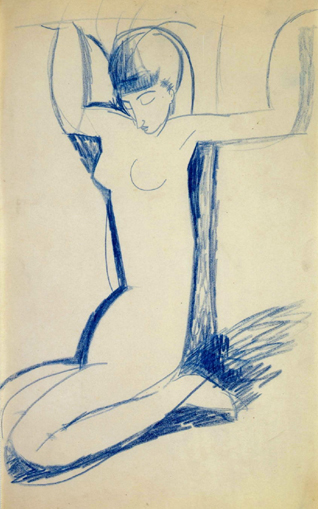Modigliani worked hard at his wild man reputation, but Andrew Graham-Dixon isn't convinced. Just look at the evidence at the R A . . .
He who looks to a poison in order to think will soon be unable to think without it,'' Baudelaire once wrote. ''Picture if you will the appalling fate of a man whose paralysed imagination would be unable to function without the help of hashish.'' Amedeo Modigliani appears to have modelled himself, during his short and unedifying life, on this cautionary figment of a poet's imagination.
Dead at 36, killed by his almost religious adherence to a diet of drugs, cheap brandy and absinthe, Modigliani's entire adult life amounted to a suicide committed by degrees. He may have believed too literally in a certain romantic notion of what it is to be an artist, widely current in fin-de-siecle and early 20th-century Paris, and have mistaken disorientation of the senses for inspiration.
Surprisingly little is known about him. He emerges from various accounts as a kind of caricature early Modernist, the supreme peintre maudit. His friends even nicknamed him ''Modi'', pronounced ''maudit'' (''damned''), a fact of which he seems to have been singularly proud and which he did his damnedest to live up to. In the stories told about Modi he is a cartoon character, invariably manic and absurd: pawning his clothes for drink or drugs to dance, naked and intoxicated, through the streets of Montmartre in midwinter; demolishing one of the walls of his studio in a drunken rage; abruptly terminating an argument with his lover, Beatrice Hastings, by throwing her through a window.
He cannot always have been quite so stereotypically crazed, and Picasso, intriguingly, suspected him of playing up to his image, noting that he always reserved his worst behaviour for public occasions -...


